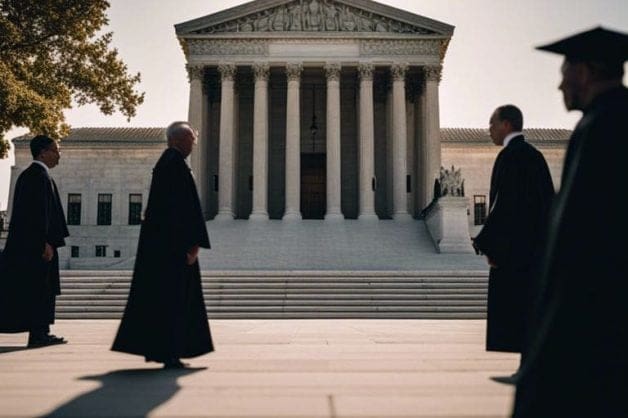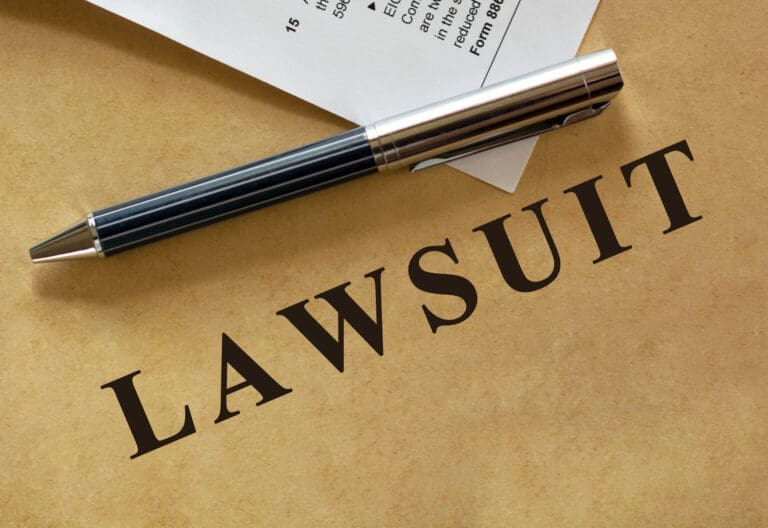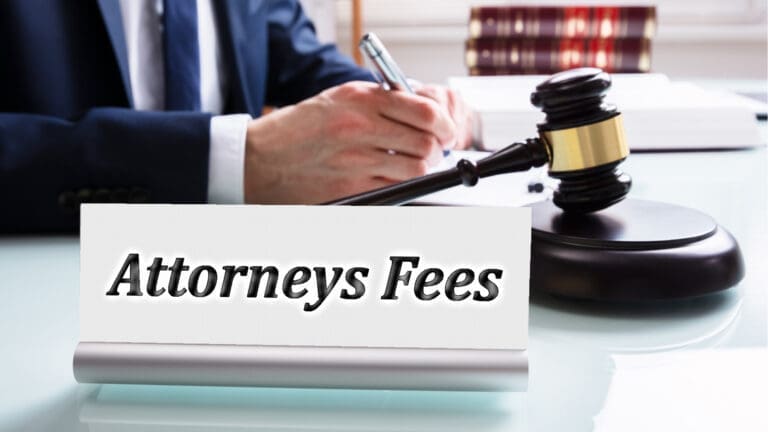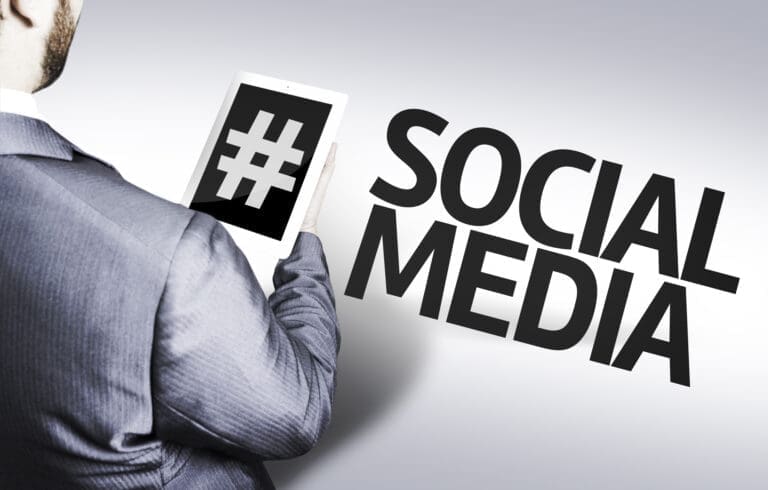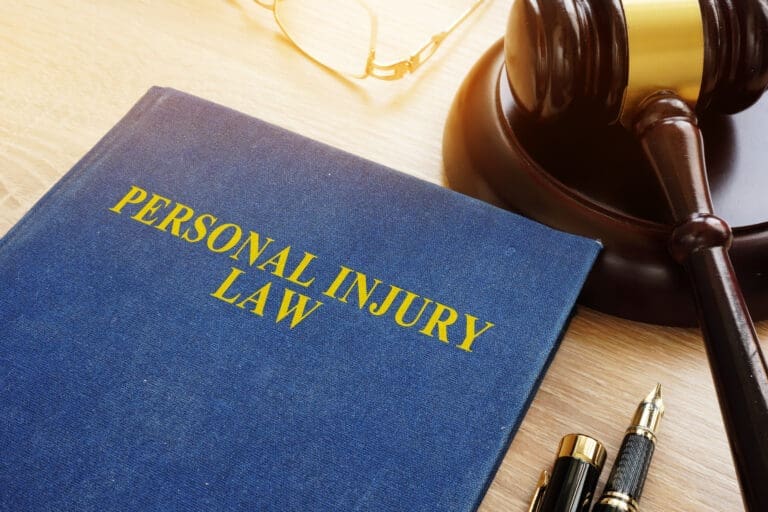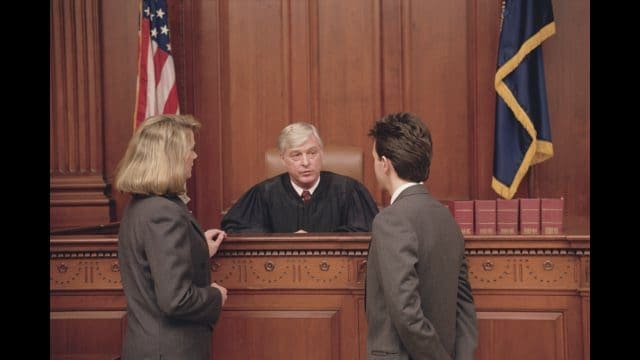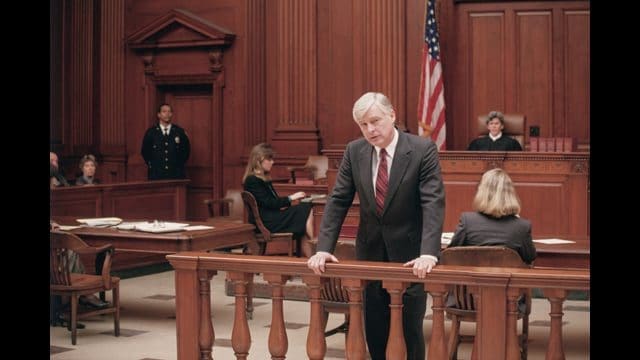En Tribunal Supremo of the United States plays a pivotal role in the American legal system. As the highest judicial body in the country, the Supreme Court’s primary responsibilities include interpreting the Constitution, resolving litigios, and ensuring the rule of law. Understanding the legal roles and responsibilities of the Supreme Court is essential for comprehending its impact on American society. This article delves into the various functions and duties of the Supreme Court, exploring its significance in maintaining justice and upholding constitutional principles.
Historical Context of the Supreme Court
The establishment of the Tribunal Supremo dates back to the founding of the United States. The Constitution, drafted in 1787, provided for the creation of a Supreme Court to serve as the highest judicial authority. The Judiciary Act of 1789 further defined the structure and jurisdiction of the Supreme Court, setting the stage for its crucial role in the American legal system. The Court initially comprised six justices, but this number has varied over time, stabilizing at nine justices in 1869.
Throughout its history, the Supreme Court has been instrumental in shaping American law and society. Landmark cases such as Marbury v. Madison (1803), which established the principle of judicial review, and Brown v. Board of Education (1954), which ended racial segregation in public schools, highlight the Court’s profound influence. By interpreting the Constitution and resolving contentious legal issues, the Supreme Court has consistently upheld the principles of justice and equality.
Roles and Responsibilities of the Supreme Court
Interpretation of the Constitution
One of the Supreme Court’s primary responsibilities is the interpretation of the Constitution. The justices analyze the text of the Constitution and apply it to contemporary legal disputes. This process involves examining the original intent of the framers, historical context, and relevant legal precedents. The Court’s interpretations can significantly impact federal and state laws, shaping the legal landscape of the nation.
The doctrine of revisión judicial, established in Marbury v. Madison, empowers the Supreme Court to assess the constitutionality of legislative and executive actions. This authority ensures that all branches of government operate within constitutional boundaries, maintaining a system of checks and balances. By interpreting the Constitution, the Supreme Court plays a crucial role in protecting individual rights and limiting governmental overreach.
Resolution of Legal Disputes
En Tribunal Supremo serves as the ultimate arbiter in the resolution of legal disputes. Cases that reach the Supreme Court typically involve significant legal questions or conflicting interpretations of the law. The Court’s decisions set binding precedents for lower courts, providing clarity and consistency in the application of the law.
Cases heard by the Supreme Court can arise from various sources, including federal and state courts. The Court has discretionary jurisdiction, meaning it can choose which cases to hear through the process of granting writs of certiorari. This selective approach allows the Court to focus on cases with broad legal implications or those that address unresolved constitutional issues.
Ensuring the Rule of Law
The Supreme Court plays a vital role in ensuring the rule of law by holding governmental actions accountable to constitutional standards. Through its decisions, the Court can strike down laws or executive actions that violate constitutional principles. This function reinforces the supremacy of the Constitution and protects citizens’ rights from arbitrary or unlawful government actions.
By upholding the rule of law, the Tribunal Supremo fosters public confidence in the legal system. The Court’s impartiality and adherence to legal principles underscore its role as a guardian of justice. This responsibility extends to protecting minority rights and ensuring equal protection under the law, as exemplified by landmark rulings in cases involving civil rights and liberties.
Casos prácticos y ejemplos
Case Study: Brown v. Board of Education
The Supreme Court’s decision in Brown v. Board of Education (1954) is a seminal example of its role in shaping societal change. In this case, the Court declared state laws establishing separate public schools for black and white students to be unconstitutional. This landmark ruling overturned the “separate but equal” doctrine established in Plessy v. Ferguson (1896) and paved the way for desegregation in American schools.
The decision in Brown v. Board of Education underscored the Supreme Court’s commitment to equality and justice. By interpreting the Equal Protection Clause of the Fourteenth Amendment, the Court affirmed that racial segregation in public education was inherently unequal. This case exemplifies the Court’s ability to address profound social issues and promote civil rights through its rulings.
Example: Roe v. Wade
En Roe v. Wade (1973), the Supreme Court addressed the contentious issue of abortion rights. The Court’s decision recognized a woman’s constitutional right to privacy, extending to her choice to have an abortion. By interpreting the Due Process Clause of the Fourteenth Amendment, the Court struck down state laws that restricted access to abortion, establishing a legal framework for reproductive rights.
Roe v. Wade illustrates the Supreme Court’s role in safeguarding individual liberties and privacy rights. The decision sparked significant legal and political debates, highlighting the Court’s influence on public policy. By resolving such divisive issues, the Supreme Court continues to shape the legal and social landscape of the United States.
Análisis comparativo
Comparing the U.S. Supreme Court to Other Judicial Bodies
The U.S. Supreme Court’s structure and functions can be compared to other judicial bodies worldwide. For instance, the Supreme Court of the United Kingdom serves as the highest court in the UK, with responsibilities similar to its U.S. counterpart. Both courts interpret constitutional and legal principles, resolve significant legal disputes, and ensure the rule of law.
However, notable differences exist in their operational frameworks. The U.S. Supreme Court has the power of judicial review explicitly established by historical precedent, whereas the UK Supreme Court’s authority is rooted in parliamentary sovereignty. Additionally, the appointment process for justices differs, with U.S. justices nominated by the President and confirmed by the Senate, while UK justices are selected through a judicial appointments commission.
Comparing Historical and Modern Roles
The role of the Supreme Court has evolved significantly since its inception. Historically, the Court focused on interpreting the Constitution and adjudicating disputes between states and the federal government. Landmark cases such as McCulloch v. Maryland (1819) and Gibbons v. Ogden (1824) established the principles of federalism and the supremacy of federal law.
In the modern era, the Supreme Court continues to address foundational constitutional questions but also tackles contemporary issues such as digital privacy, LGBTQ+ rights, and healthcare. This evolution reflects the Court’s ability to adapt to changing societal norms and technological advancements, ensuring its relevance in the 21st century.
Desglose detallado de las consecuencias jurídicas
Consequences of Supreme Court Decisions
Supreme Court decisions have far-reaching legal and societal consequences. When the Court interprets the Constitution or federal laws, its rulings set precedents that lower courts must follow. These precedents shape the interpretation and application of laws across the United States, influencing a wide range of legal issues.
For example, the decision in Obergefell v. Hodges (2015), which legalized same-sex marriage nationwide, had profound implications for LGBTQ+ rights. The ruling not only granted marriage equality but also reinforced the principle of equal protection under the law. Similarly, the Court’s decision in Citizens United v. FEC (2010) transformed campaign finance regulations by affirming the free speech rights of corporations and unions.
Impact on Legislative and Executive Actions
Supreme Court rulings can also impact legislative and executive actions. By declaring laws or executive orders unconstitutional, the Court can invalidate policies that violate constitutional principles. This authority serves as a critical check on the powers of the legislative and executive branches, ensuring that all government actions adhere to the Constitution.
The decision in United States v. Nixon (1974) is a notable example. The Supreme Court ruled that President Nixon had to comply with a subpoena for tape recordings related to the Watergate scandal, affirming the principle that not even the President is above the law. This decision underscored the Court’s role in maintaining the rule of law and accountability within the executive branch.
Guía paso a paso con imágenes
Understanding the Supreme Court’s Decision-Making Process
- Case Selection The Supreme Court receives thousands of petitions for review each year, but it hears only a small fraction. The justices use a process called granting certiorari to select cases that have significant legal implications or resolve conflicting lower court decisions.
- Briefs and Oral Arguments Once a case is accepted, both parties submit written briefs outlining their legal arguments. The Court also hears oral arguments, where attorneys for each side present their case and answer questions from the justices. These proceedings provide the justices with a deeper understanding of the issues at hand.
- Deliberation and Decision After oral arguments, the justices meet in private conferences to discuss the case. They deliberate and vote on the outcome, with the majority opinion becoming the Court’s official ruling. Justices who disagree with the majority may write dissenting or concurring opinions, explaining their reasoning.
Visual: Supreme Court Decision-Making Flowchart
(Here, you could include a detailed flowchart illustrating the steps in the Supreme Court’s decision-making process, from case selection to final decision.)
Tecnología y herramientas
Impact of Technology on Supreme Court Proceedings
Technological advancements have influenced the Supreme Court’s operations and proceedings. The use of digital tools for case management, electronic filing systems, and online access to court documents has streamlined judicial processes. These innovations enhance transparency and efficiency, allowing the public and legal professionals to access court information more readily.
During the COVID-19 pandemic, the Supreme Court adapted by conducting oral arguments via teleconference for the first time in its history. This shift demonstrated the Court’s ability to leverage technology to maintain its functions during unprecedented circumstances. The experience may lead to lasting changes in how the Court conducts its proceedings, potentially incorporating more digital tools and remote capabilities.
Tools for Legal Research and Analysis
Legal research and analysis tools are essential for the Supreme Court’s work. Justices and their clerks rely on comprehensive legal databases, such as Westlaw and LexisNexis, to review case law, statutes, and legal literature. These tools provide access to a vast array of legal resources, enabling thorough analysis and informed decision-making.
Artificial intelligence (AI) and machine learning are also making inroads in legal research. AI-powered tools can assist in identifying relevant precedents, predicting case outcomes, and analyzing legal trends. These technologies enhance the efficiency and accuracy of legal research, supporting the Supreme Court’s complex and demanding workload.
Cambios y tendencias legislativas
Recent Legislative Developments Affecting the Supreme Court
Recent legislative developments have aimed to address various aspects of the Supreme Court’s operations and its relationship with other branches of government. Proposals for Supreme Court reform, such as expanding the number of justices or implementing term limits, have gained attention in the political and legal spheres. These proposals seek to ensure the Court’s responsiveness to contemporary issues and maintain public trust in the judiciary.
Additionally, legislative efforts to enhance judicial transparency and accountability have been proposed. Measures such as requiring justices to adhere to a code of ethics and increasing disclosure of financial interests aim to bolster the Court’s integrity and public confidence.
Trends in Supreme Court Jurisprudence
Current trends in Supreme Court jurisprudence reflect the evolving nature of legal and societal issues. The Court continues to address significant questions related to civil rights, technology, and governmental powers. Issues such as digital privacy, freedom of speech on social media platforms, and the balance of power between federal and state governments are at the forefront of contemporary legal debates.
The composition of the Court and the judicial philosophies of its justices influence these trends. As new justices are appointed, shifts in the Court’s ideological balance can impact its approach to interpreting the Constitution and resolving legal disputes. Understanding these trends provides insight into the future direction of the Supreme Court’s jurisprudence.
Consideraciones éticas
Ethical Principles in Supreme Court Decision-Making
Ethical considerations play a crucial role in the Supreme Court’s decision-making process. Justices are expected to uphold the principles of impartiality, integrity, and independence. They must avoid conflicts of interest and ensure that their decisions are guided by legal principles rather than personal or political biases.
The importance of ethical conduct is underscored by the expectation that justices recuse themselves from cases where they have a personal or financial interest. This practice helps maintain public trust in the Court’s impartiality and fairness. The ethical standards adhered to by the justices reinforce the legitimacy and credibility of the Supreme Court.
The Role of Ethics in Judicial Appointments
Ethics also play a significant role in the judicial appointment process. The vetting of nominees includes scrutiny of their professional conduct, judicial temperament, and adherence to ethical standards. This process aims to ensure that appointed justices possess the integrity and qualifications necessary to serve on the highest court.
The public and legal community closely observe the ethical conduct of nominees during their confirmation hearings. Any ethical concerns or past misconduct can impact the confirmation process and the nominee’s ability to secure a seat on the Supreme Court. Upholding high ethical standards in judicial appointments is essential for maintaining the integrity and trustworthiness of the judiciary.
Conclusión
En Tribunal Supremo remains a cornerstone of the American legal system, entrusted with the critical roles of interpreting the Constitution, resolving legal disputes, and ensuring the rule of law. Its decisions have profound legal, societal, and ethical implications, shaping the fabric of American society. By understanding the legal roles and responsibilities of the Supreme Court, we gain insight into its enduring influence and the principles that guide its work.
Attorneys.Media Video Document References
- Is Personal Injury Part of Your Law Practice?
- As an Attorney, How Are You Generating Content for Your Online Presence?
- How Can You Help Potential New Clients Get Their Questions Answered?
- How Do You Differentiate Yourself When Someone Looks Online for Help?
- How Do You Differentiate Yourself as a Criminal Defense Attorney?
- Have You Been Thinking About Video Marketing for Your Law Firm?
- Should Attorneys Use Video Marketing to Attract New Clients?
- What Do Potential Clients See When They Research Your Name Online?
- Cómo puede ayudarle Attorneys.Media

